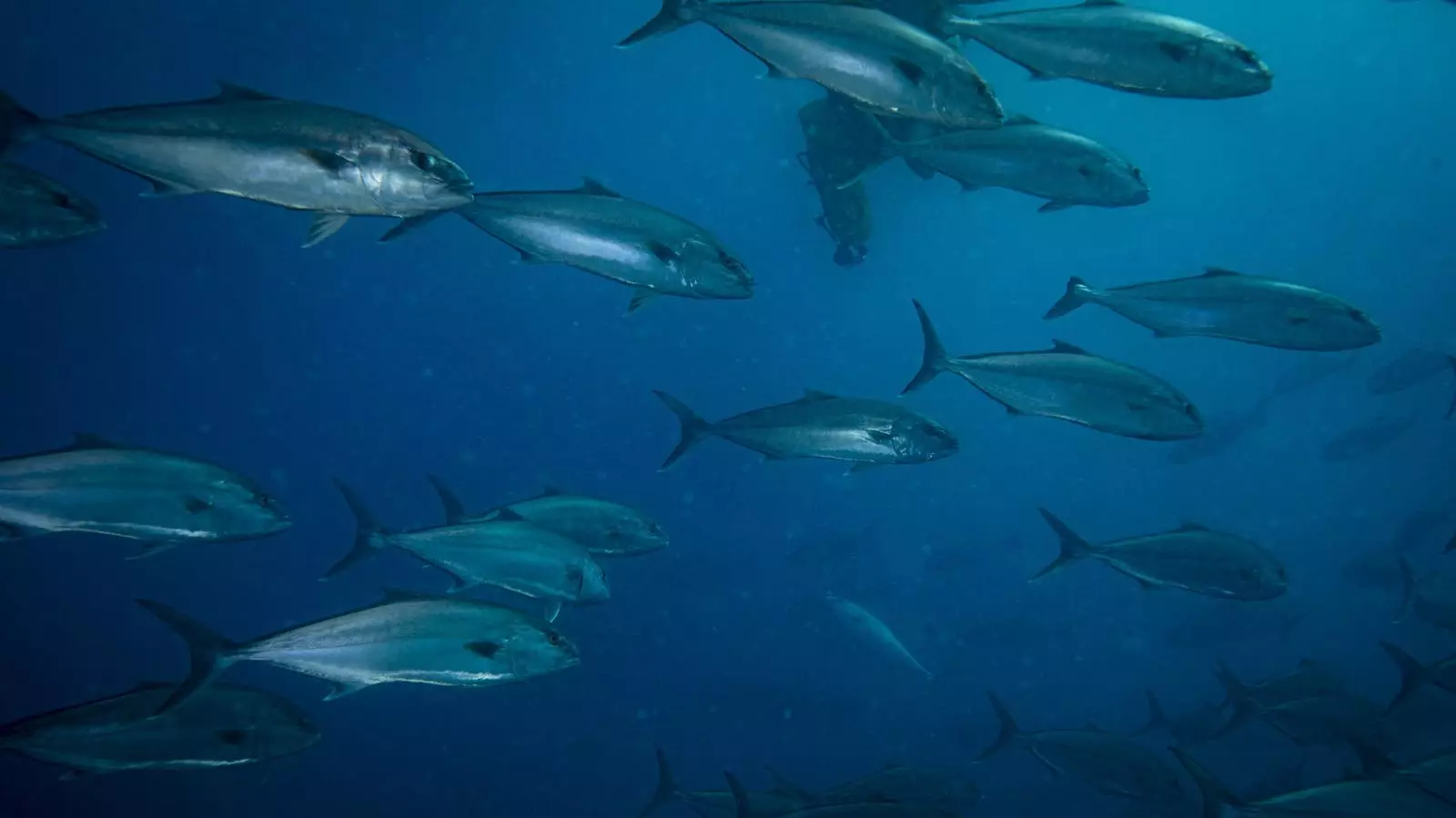The blue food systems, derived from the world’s oceans and lakes, play a crucial role in feeding billions and sustaining livelihoods. Over 3 billion individuals depend on blue foods for essential nutrients and protein, while an estimated 800 million people earn their living through fishing activities. Despite this significance, discussions surrounding food sustainability often overlook the blue food sector. Currently, we stand at a pivotal juncture where the potential to embed sustainability into blue food systems remains ripe, yet time is of the essence. If we navigate wisely, we could establish a resilient and sustainable framework for future generations; conversely, missteps could bind us to the same damaging legacies that have plagued terrestrial agriculture.
A staggering 90% of those engaged in the fisheries sector operate within small-scale fishing environments, contributing approximately 40% of the global fish catch. This statistic underscores the scalability and significance of grassroots efforts in fisheries compared to industrial giants. The overwhelming dominance of large-scale operations does not render small-scale fisheries powerless; rather, it highlights the need for supporting and empowering these community-based initiatives. Small-scale fishers possess a unique understanding of their ecosystems and sustainable practices. By prioritizing these local voices, we can foster a shift towards collective responsibility in managing aquatic resources, thus promoting community resilience and ecological balance.
Despite their potential, blue food systems confront various environmental challenges similar to those faced by land-based agriculture. Overfishing, climate change, pollution, and habitat destruction threaten the delicate balance of aquatic ecosystems. As the climate crisis escalates, changes in water temperature and quality pose urgent risks to fish populations and their habitats. In this context, sustainable practices in fishing and aquaculture must be embraced to foster long-term ecological health. The present landscape presents us with a choice: to act decisively and collaboratively or to linger in inaction and face the repercussions of our global fisheries in decline.
A new generation of advocates and innovators is emerging within the blue food movement, dedicated to nurturing sustainable practices and inclusivity within aquaculture and fisheries. The North American Marine Alliance, spearheaded by Niaz Dorry, focuses on empowering fishers economically and socially. Initiatives like Luke’s Lobster’s Lift All Boats Project value mentorship, particularly targeting marginalized communities to create pathways to fishery employment. Similarly, Imani Black’s Minorities in Aquaculture aims to elevate underrepresented voices in the sector, offering internships that can lead to fulfilling careers while enhancing industry diversity.
Chefs and culinary leaders are also integrating traditional fishing techniques with modern sustainable practices. Wholechain emphasizes creating transparent supply chains within the seafood industry to foster responsible sourcing. Projects like Fed By Blue prioritize data-driven approaches to shape policies that encourage sustainable fisheries and aquaculture. In urban environments, such as New York City, Oko Farms promotes aquaponics, marrying fish farming with sustainable vegetable cultivation. This model not only enhances access to local protein sources but also contributes to urban food security and ecological awareness.
The actions we take today are crucial in determining the future of blue food systems globally. The release of the United Nations Food and Agriculture Organization’s inaugural Guidelines for Sustainable Aquaculture marks a significant step towards fostering responsible fisheries development. Individuals around the globe have the power to influence this movement as consumer-citizens. By making conscientious dietary choices and supporting small-scale, sustainable fisheries, everyone has the capacity to contribute to a thriving blue food economy. The convergence of responsible consumption and local community empowerment can pave pathways toward a sustainable future.
The future of blue food systems hinges on our collective choices today. With the existing momentum towards sustainability, it is imperative for all stakeholders—small-scale fishers, chefs, policymakers, and consumers—to collaborate in reshaping our aquatic food systems. By harnessing the innate power of local communities, honoring traditional knowledge, and integrating innovative practices, we can transition blue food systems into a model of sustainability and resilience. Our actions must reflect a commitment to not only preserving marine ecosystems but also nurturing the communities that depend on them for their livelihoods. The potential for today’s blue food systems to evolve into pillars of sustainability is within our reach; the time to act is now.

